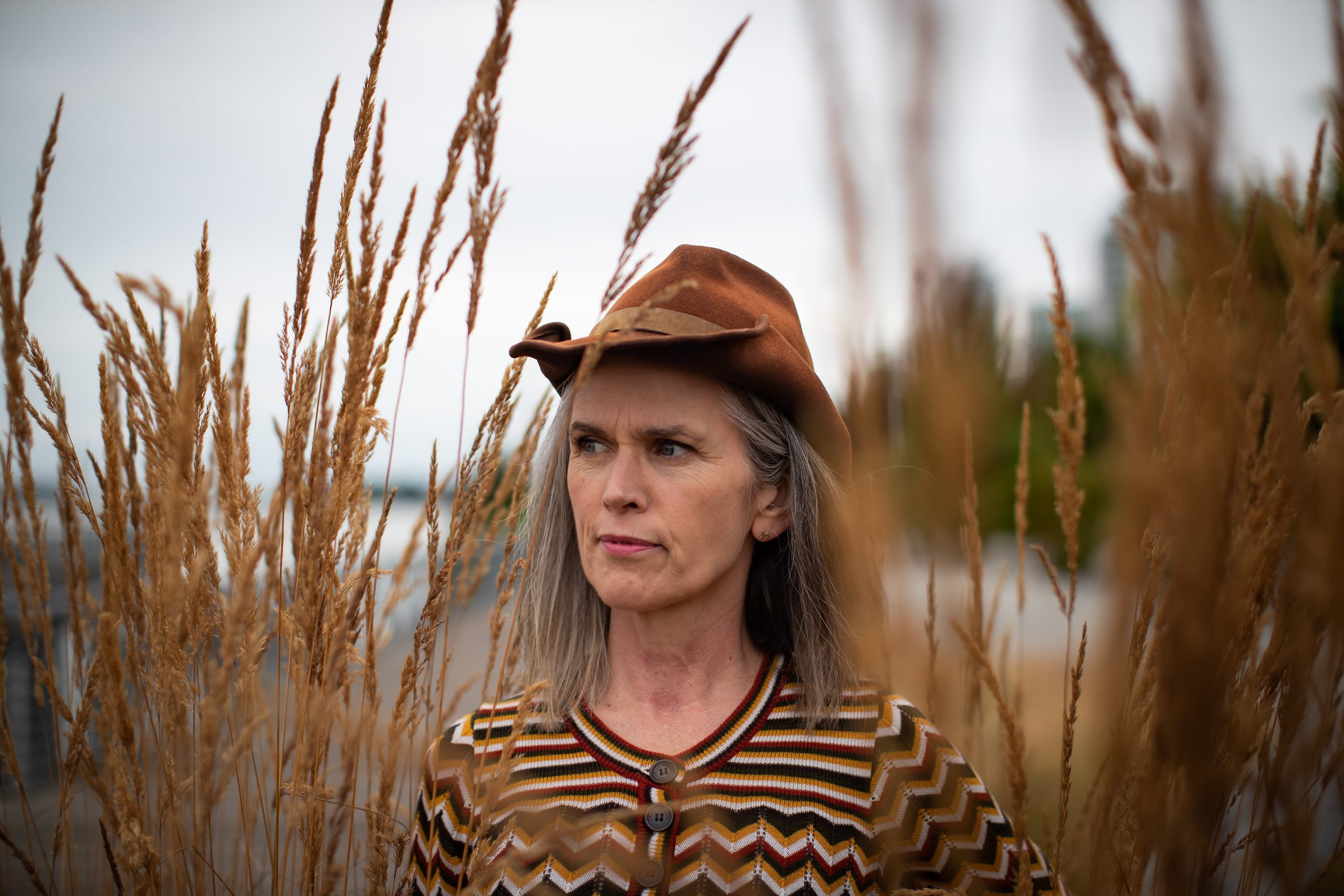TORONTO — Paula Spurr is used to being herded together with co-workers on the job.
As a background performer in film and TV, the Burnaby, B.C., actress has been packed with colleagues in groups under tents outside, sometimes for up to 14 hours, while they await their scenes.
“We’re very tight together; we’re used to it, it’s how we usually exist in that world,” says Spurr, whose credits include the series “Snowpiercer” and “See.”
“But that’s not possible anymore.”
With many productions limiting the amount of people in scenes and on set to create physical distancing to decrease COVID-19 infection risk, Spurr says her already unpredictable line of work has “become very uncertain.”
Showrunners have been changing scenes to have little or no background performers, she says.
She’s even heard of some smaller-budget productions using mannequins “in the deep background” these days.
“It’s like, ‘Oh great, we’re being replaced with dummies,'” Spurr says with a laugh.
Background is usually a non-speaking part that helps fill out scenes surrounding main characters.
For stories set in a fixed place, such as a small town or a “Star Trek” ship, some background performers are recurring faces to add continuity.
But often they do one-off gigs and don’t know the details of their next job until the night before, says Spurr.
Productions in Canada usually first hire veteran background performers from the ACTRA union, who are known as full members, before looking to the less experienced membership tiers and non-union workers.
“So if you’re not a union background performer, your chances of working now are slim to none,” says Spurr, who is a full union member.
“All those spots have to be filled by a union performer. There’s not that many to go around, and I’m not sure how many of us can continue to do it as a sole method of income, which it was for me.”
Jason Boyd, who lives in Brantford, Ont., says he works primarily in background performing because “getting acting gigs on a regular basis in Toronto isn’t as simple as people seem to think it is.”
“Most of the larger roles or continuity roles are filled in L.A.,” says Boyd, a full ACTRA member with credits including the Disney film “Zombies” and “The Handmaid’s Tale” series.
Boyd notes there are hardly any productions happening in Canada right now, so work is scarce for everyone in an industry that’s inherently fraught with uncertainty.
And the size of casts is getting smaller in every category, from background to principal actors to stunts.
But he’s happy to see precautions being taken and is willing to lose out on a few days of work to ensure safety.
“My expectation is that we’ll get back to a reasonably normal amount of work,” Boyd says. “But the work on set is going to be different.”
When Spurr worked on a recent production in B.C., the background performers had to wear masks when cameras weren’t rolling and weren’t packed tightly together, even in the scene, she says.
“The holding area where they kept us was very safe. They had set up a bigger tent than they normally would. And we were only allowed to two to a long table.”
ACTRA Toronto president Theresa Tova predicts more productions will start using the same background performers in multiple scenes for a longer period of time to keep the same germ pool on set.
In pre-COVID days, background performers were often hired for just one day and worked on multiple productions a week.
Tova says producers used to be worried the high-definition cameras made background performers’ faces too identifiable to reuse them.
“What I see is the producers maybe going back to the way they used to cast background, where you would have folks brought back again and again and again, and put them into different wardrobe, put them in a wig, put them in glasses,” says Tova.
She points to her days acting on the Canadian series “ENG,” which used the same 15 to 20 background performers every week during its run from 1989-’94.
Boyd says he knows a veteran actor who worked on a show in the ’80s that used crafty ways to make background actors look different in street scenes.
“He says they would, at the beginning of the scene, have the performer put on eight shirts and they would walk by,” Boyd says.
“And then they would get off camera, boom, take off a shirt; walk back, put on a hat and take off a shirt… They would walk differently and have different gaits, and instead of hiring 40 backgrounds, they only needed seven.”
But productions need to be inclusive and representative with those roles, to ensure stories “reflect the composition of society that we see on our streets,” Tova adds.
Spurr says one of her best background-actor friends was recently hired for an entire season on a series with guaranteed pay for five days a week, so Tova’s prediction might be right.
“It’s unheard of in the background,” Spurr says. “So that kind of thing would be great.
“But I don’t think that’s going to happen for a lot of people. So everybody else is nervous and looking for alternate streams of revenue.”
This report by The Canadian Press was first published Aug. 10, 2020.
Victoria Ahearn, The Canadian Press














